This one-of-a-kind roadster is the creation of that masterful Parisian carrosserie Letourneur & Marchand, founded in 1905 by two time-served coachbuilders, Jean-Marie Letourneur and Jean-Arthur Marchand. Letourneur had arrived in the French capital in the late 1890s to train as a designer; around 1900 he was employed by the great coachbuilder Henri Binder, who had just begun building bodies for the burgeoning automobile industry, where he met Marchand, who had just completed a classic journeyman apprenticeship in the coachbuilding trade. On 1 April 1905 the two ambitious young coachbuilders went into partnership, taking over the premises of a bankrupt bodybuilding company, Wehrle Godard Desmaret, at 114 boulevard Bineau on the Ile de la Jatte at Neuilly (Seine), and by the outbreak of the Great War in 1914 they had built a total of 1228 bodies, in addition to subcontract work making wings and fuselages for the Morane-Saulnier airplane company. In the 1920s they became a major supplier of coachwork to Delage, and successfully followed the trend to lower, sleeker lines with the input of Letourneur's son Marcel, who had joined the company in 1928 after completing his design course and working as a designer with an English coachbuilder. They led the field with such landmark designs as the ‘Yo-Yo’ on a D8 Delage chassis "Yo-Yo" and Letourneur & Marchand bodies swept the board at all the leading concours d'elegance - Nice, Cannes, Monte Carlo, Genoa, Aix-les-Bains, Ostend, Le Touquet, La Baule and Dinard – in 1931. It was, commented the society magazine L'Illustration, ‘a record difficult to equal... the application to the automobile of the principles of comfort and aesthetics which made them the principal suppliers in days gone by of the glittering equipages in the Champs-Elysées and the Bois de Boulogne have earned Letourneur & Marchand a truly global reputation as excellent craftsmen evolving along with the incessant progress of the automobile industry.’ In the late 1930s Letourneur & Marchand built a series of aerodynamic ‘coaches profilés’ which pushed the pillarless look to its aesthetic limits, but were forced to shift production away from Paris in an attempt to escape the German Occupation when war was declared. Jean-Marie Letourneur died in September 1944, only days after the liberation of France, and Jean-Arthur Marchand followed in June 1946. It was a very changed France in which the company, now in the hands of the second generation, had to do business, for there was little future for the coachbuilt French car in the new era of a state planned and regulated motor industry. Just 67 Letourneur & Marchand coachbuilt bodies were completed between 1947-52, though when Renault launched its Frégate family car in 1952, Marcel Letourneur created a cabriolet version to be sold through the Renault dealer network. Production of Letourneur & Marchand coachwork ceased after the company's last appearance at the Paris Salon in 1959. In 1941 Delahaye had been one of five companies to set up the Générale Française Automobile, a cooperative venture which gave each of the participants a specialized niche in the market, a policy which was to fit well with the French government's postwar vision for the automobile industry. After the liberation of Paris in 1944, Delahaye initially concentrated on building trucks, while a mildly updated Type 135 went back into production in 1946, elegantly restyled with a distinctive radiator grille and hood by young freelance designer Philippe Charbonneaux. It retained the simple but effective independent front suspension layout and ‘Bloctube’ welded box-section chassis. Steering was, as on any high-quality French chassis worth its salt, on the right. Self-adjusting cable brakes were reliable, if a little old-fashioned in an age when most cars had hydraulic braking. The postwar handbook neatly described the revised 135 as ‘a superlative machine built with great care and precision based on the fruits of long ex
This one-of-a-kind roadster is the creation of that masterful Parisian carrosserie Letourneur & Marchand, founded in 1905 by two time-served coachbuilders, Jean-Marie Letourneur and Jean-Arthur Marchand. Letourneur had arrived in the French capital in the late 1890s to train as a designer; around 1900 he was employed by the great coachbuilder Henri Binder, who had just begun building bodies for the burgeoning automobile industry, where he met Marchand, who had just completed a classic journeyman apprenticeship in the coachbuilding trade. On 1 April 1905 the two ambitious young coachbuilders went into partnership, taking over the premises of a bankrupt bodybuilding company, Wehrle Godard Desmaret, at 114 boulevard Bineau on the Ile de la Jatte at Neuilly (Seine), and by the outbreak of the Great War in 1914 they had built a total of 1228 bodies, in addition to subcontract work making wings and fuselages for the Morane-Saulnier airplane company. In the 1920s they became a major supplier of coachwork to Delage, and successfully followed the trend to lower, sleeker lines with the input of Letourneur's son Marcel, who had joined the company in 1928 after completing his design course and working as a designer with an English coachbuilder. They led the field with such landmark designs as the ‘Yo-Yo’ on a D8 Delage chassis "Yo-Yo" and Letourneur & Marchand bodies swept the board at all the leading concours d'elegance - Nice, Cannes, Monte Carlo, Genoa, Aix-les-Bains, Ostend, Le Touquet, La Baule and Dinard – in 1931. It was, commented the society magazine L'Illustration, ‘a record difficult to equal... the application to the automobile of the principles of comfort and aesthetics which made them the principal suppliers in days gone by of the glittering equipages in the Champs-Elysées and the Bois de Boulogne have earned Letourneur & Marchand a truly global reputation as excellent craftsmen evolving along with the incessant progress of the automobile industry.’ In the late 1930s Letourneur & Marchand built a series of aerodynamic ‘coaches profilés’ which pushed the pillarless look to its aesthetic limits, but were forced to shift production away from Paris in an attempt to escape the German Occupation when war was declared. Jean-Marie Letourneur died in September 1944, only days after the liberation of France, and Jean-Arthur Marchand followed in June 1946. It was a very changed France in which the company, now in the hands of the second generation, had to do business, for there was little future for the coachbuilt French car in the new era of a state planned and regulated motor industry. Just 67 Letourneur & Marchand coachbuilt bodies were completed between 1947-52, though when Renault launched its Frégate family car in 1952, Marcel Letourneur created a cabriolet version to be sold through the Renault dealer network. Production of Letourneur & Marchand coachwork ceased after the company's last appearance at the Paris Salon in 1959. In 1941 Delahaye had been one of five companies to set up the Générale Française Automobile, a cooperative venture which gave each of the participants a specialized niche in the market, a policy which was to fit well with the French government's postwar vision for the automobile industry. After the liberation of Paris in 1944, Delahaye initially concentrated on building trucks, while a mildly updated Type 135 went back into production in 1946, elegantly restyled with a distinctive radiator grille and hood by young freelance designer Philippe Charbonneaux. It retained the simple but effective independent front suspension layout and ‘Bloctube’ welded box-section chassis. Steering was, as on any high-quality French chassis worth its salt, on the right. Self-adjusting cable brakes were reliable, if a little old-fashioned in an age when most cars had hydraulic braking. The postwar handbook neatly described the revised 135 as ‘a superlative machine built with great care and precision based on the fruits of long ex
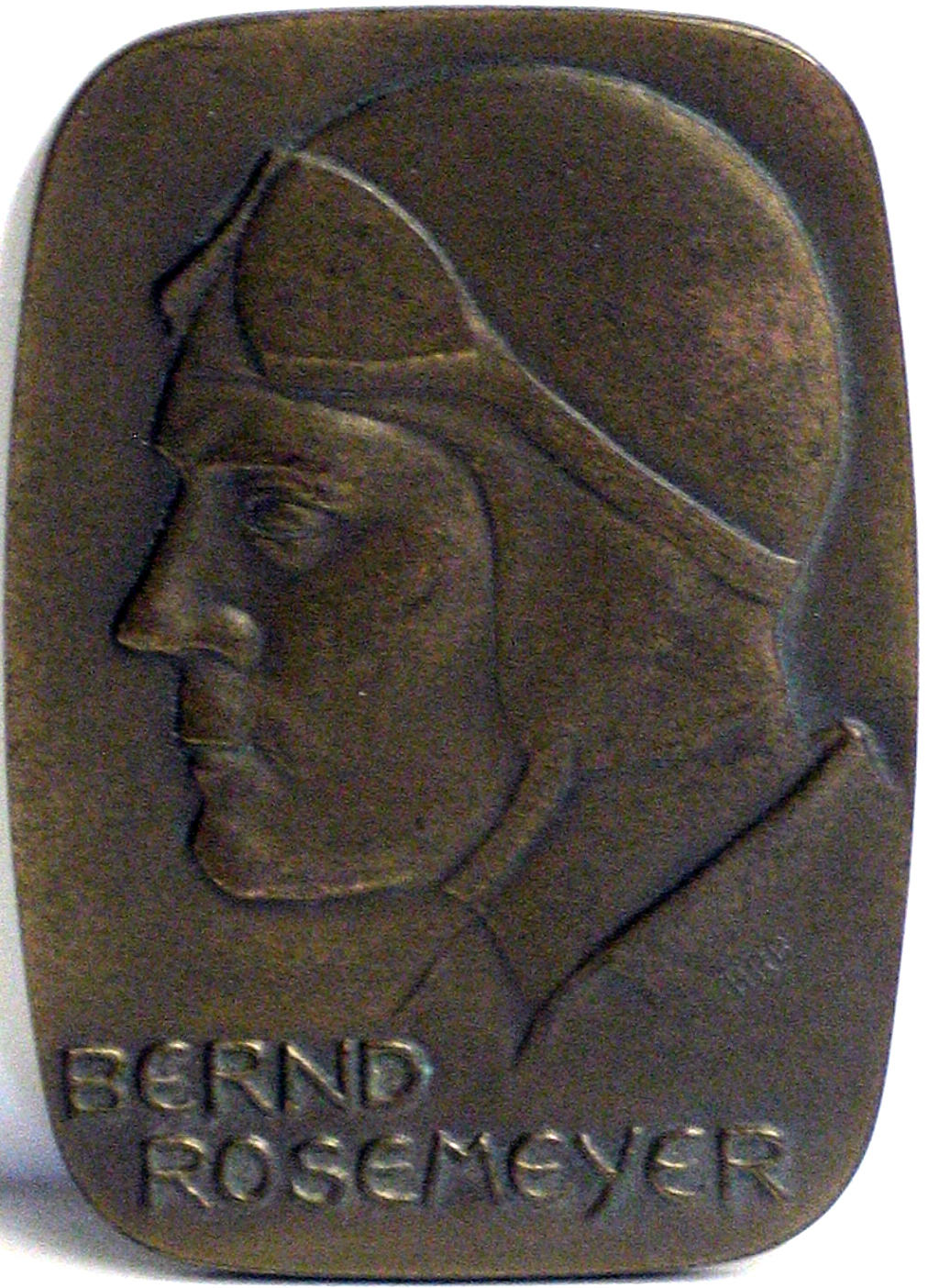



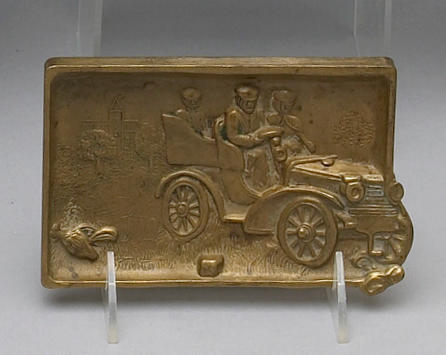
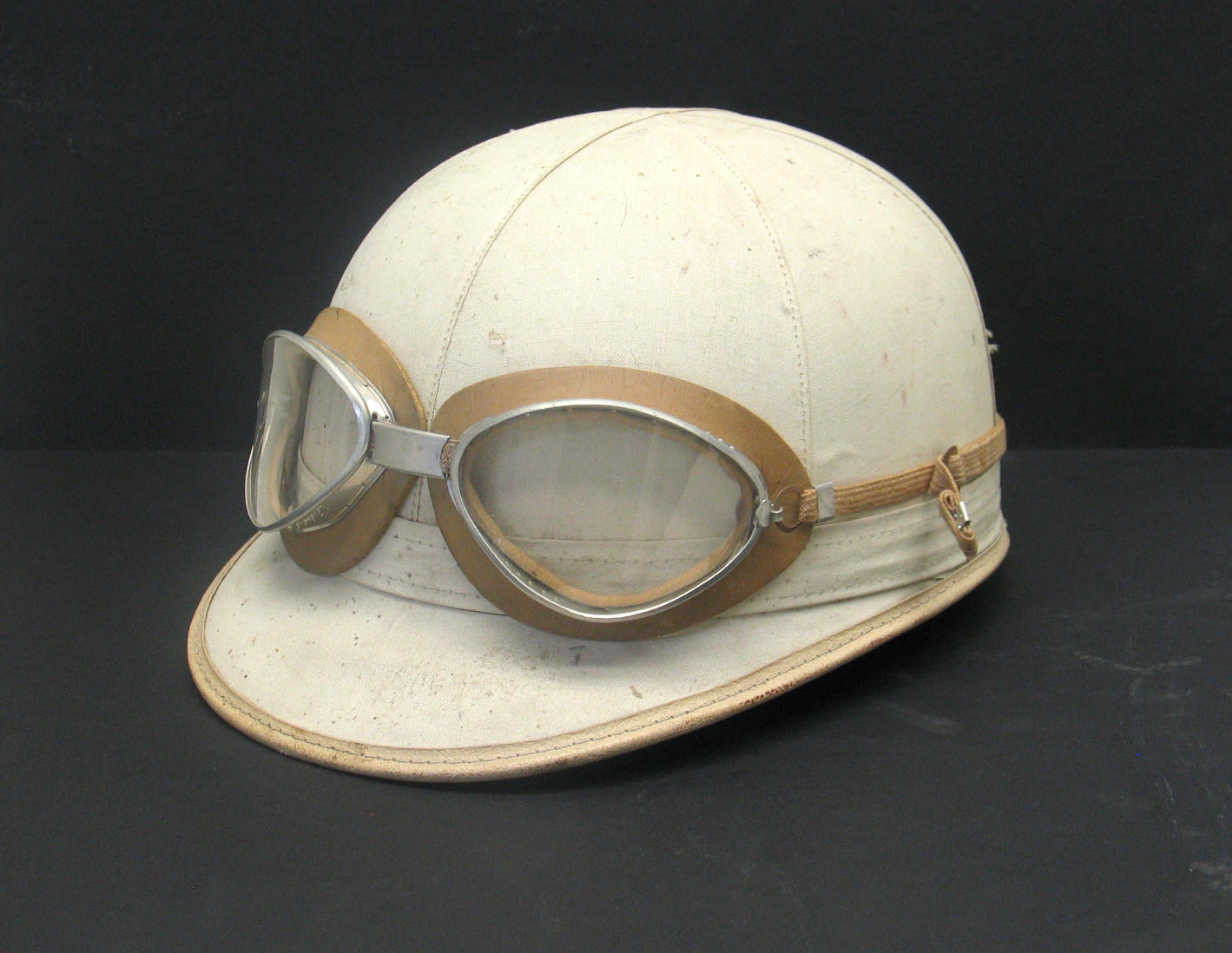
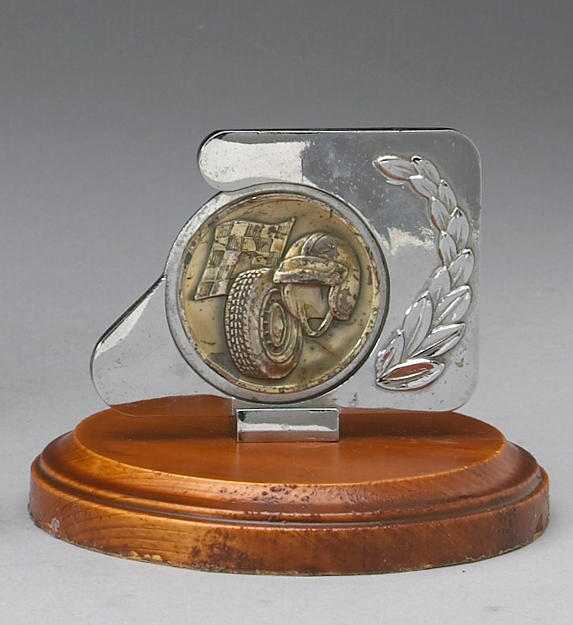
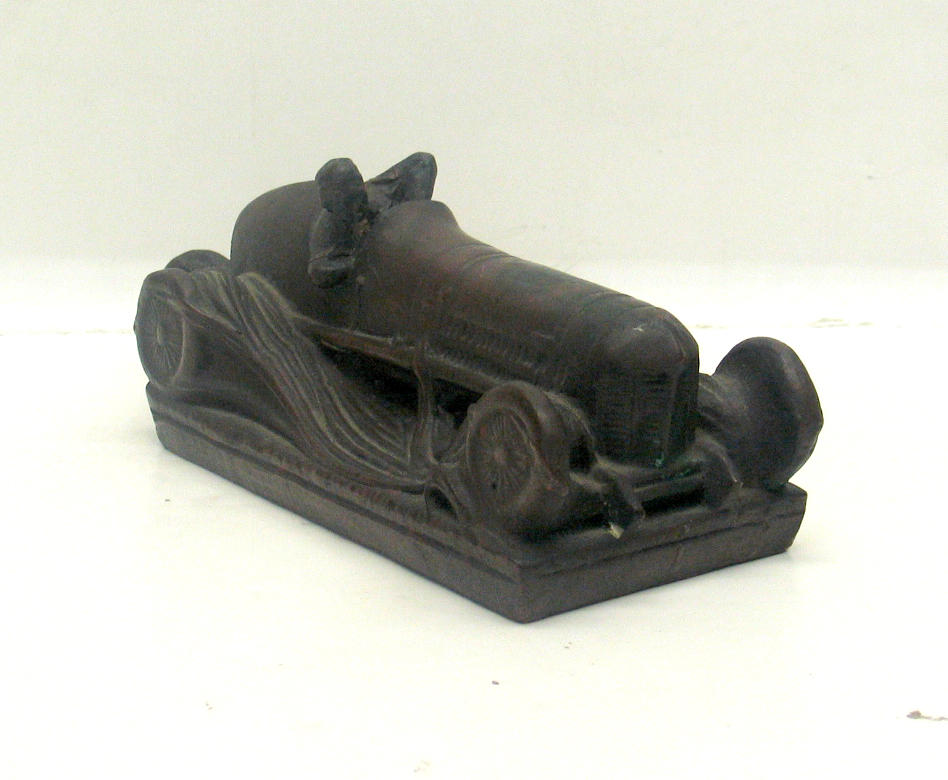
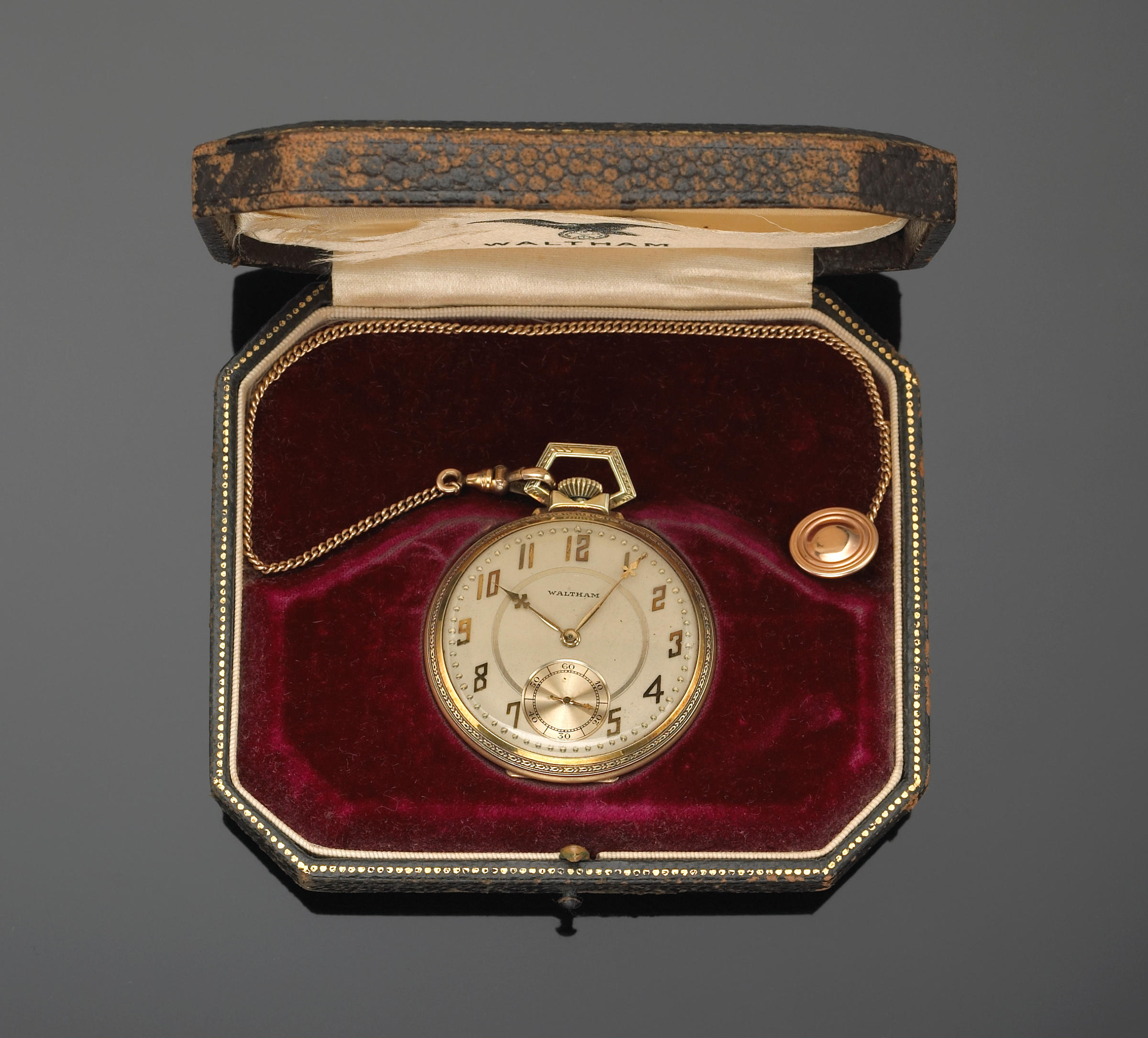
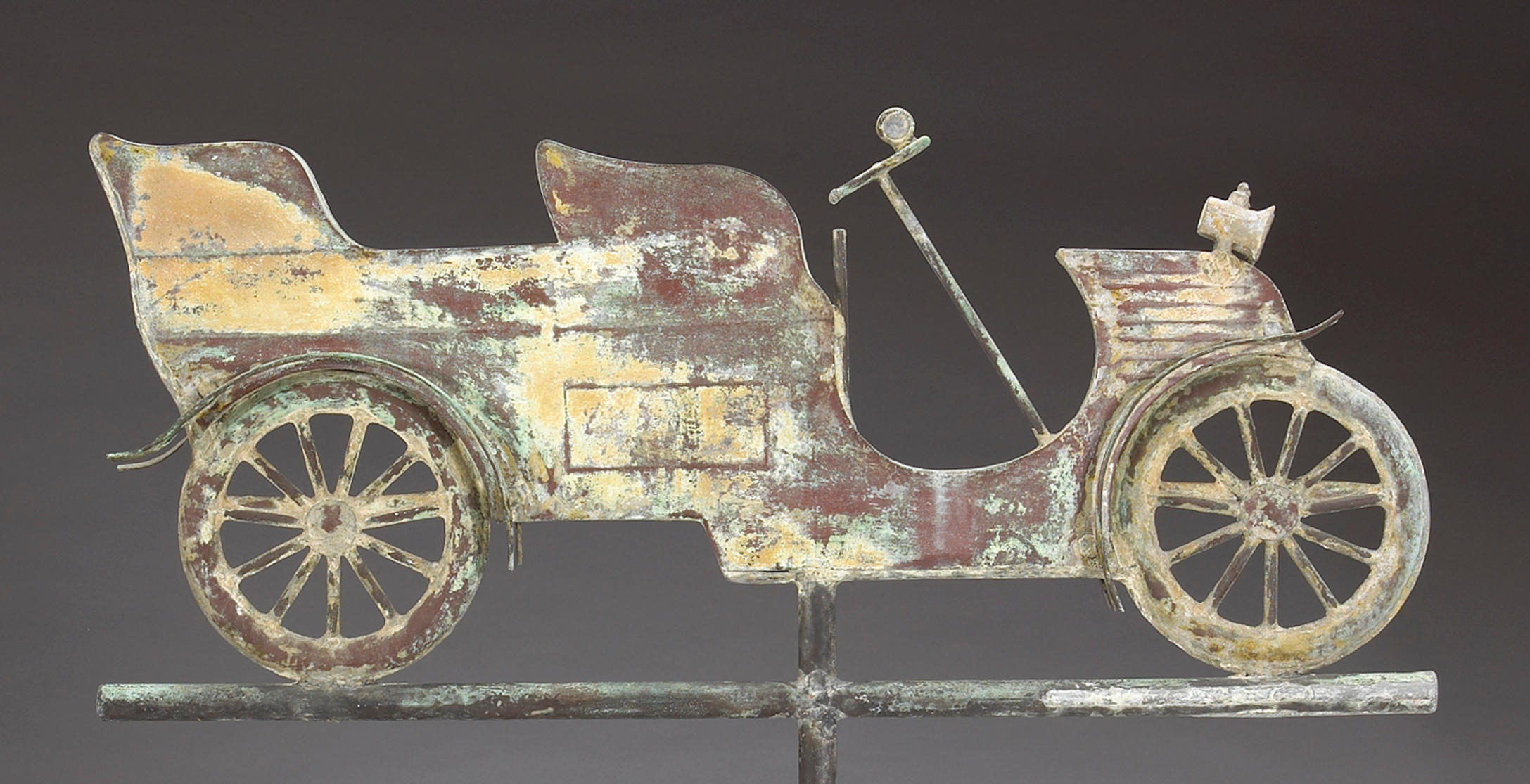
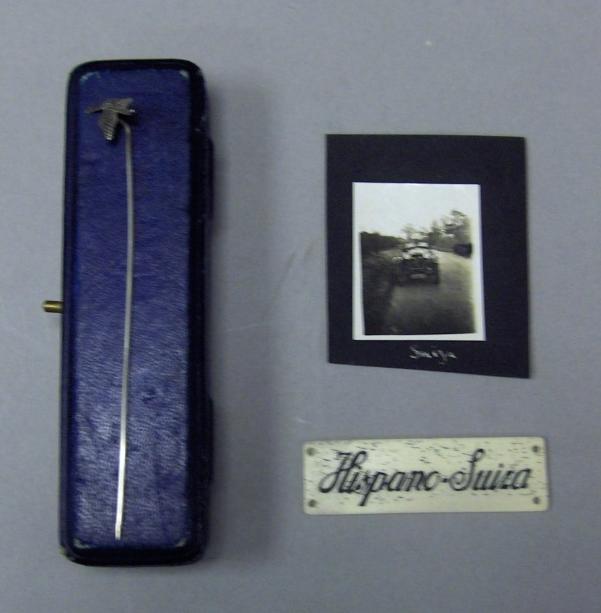
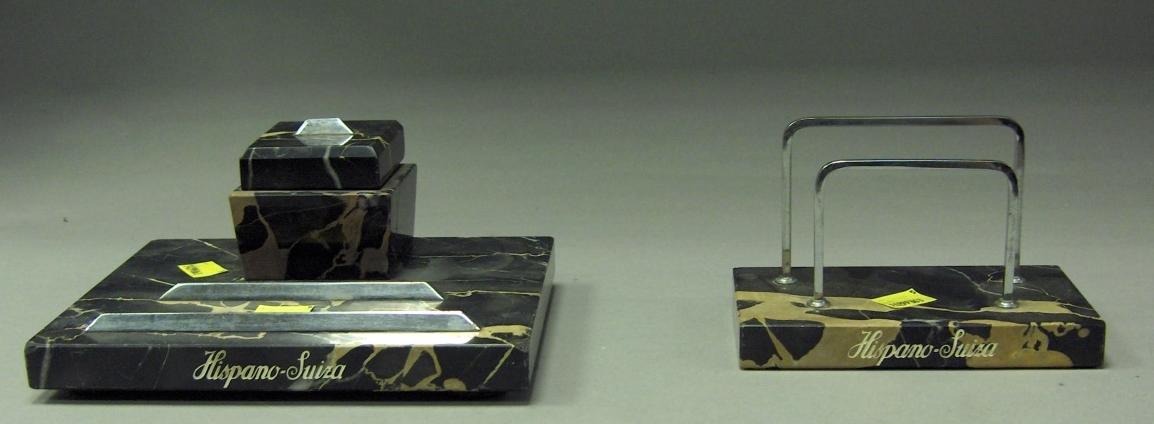

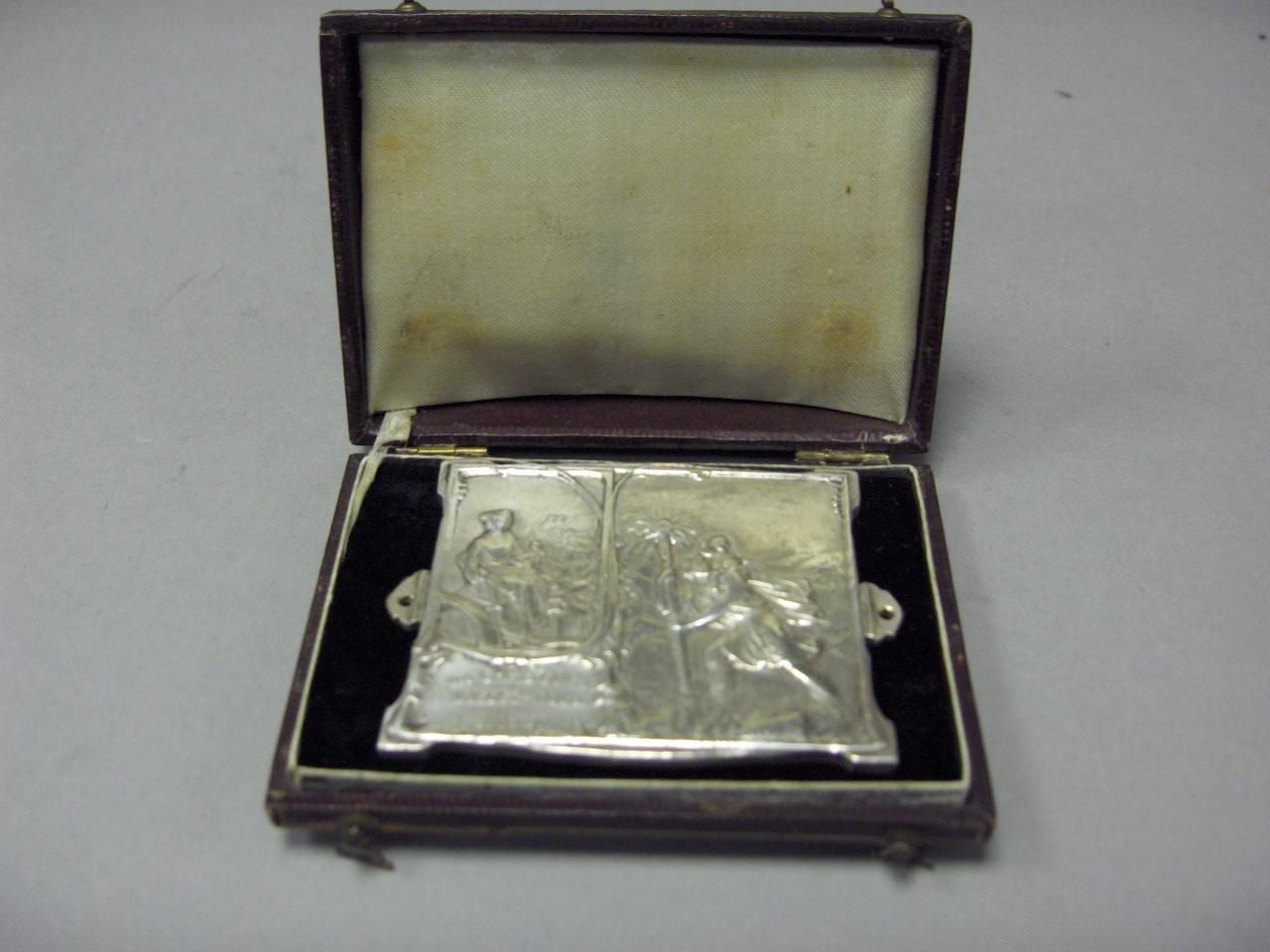
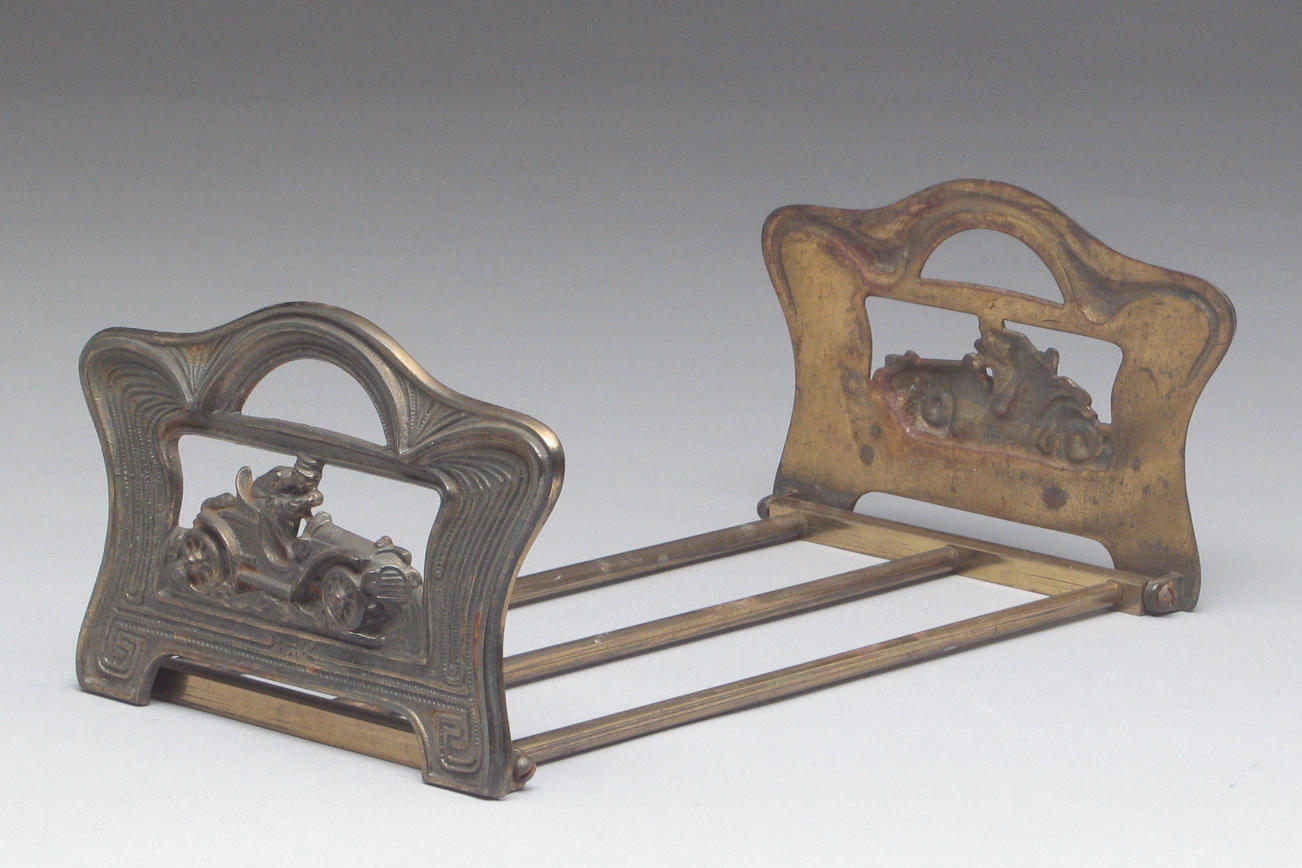
Try LotSearch and its premium features for 7 days - without any costs!
Be notified automatically about new items in upcoming auctions.
Create an alert